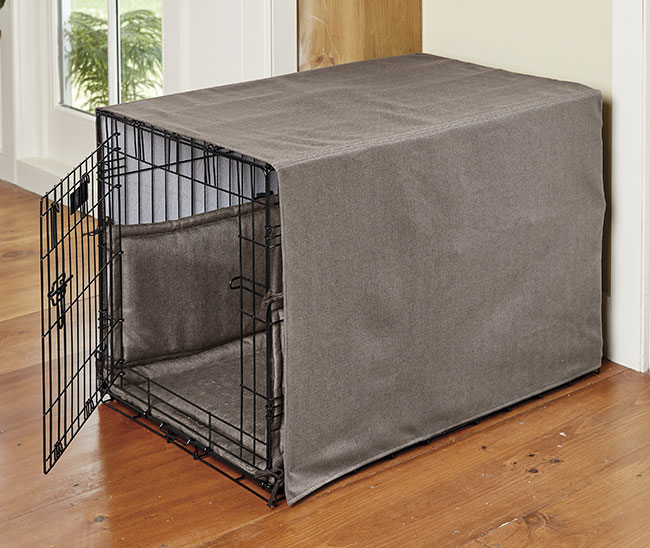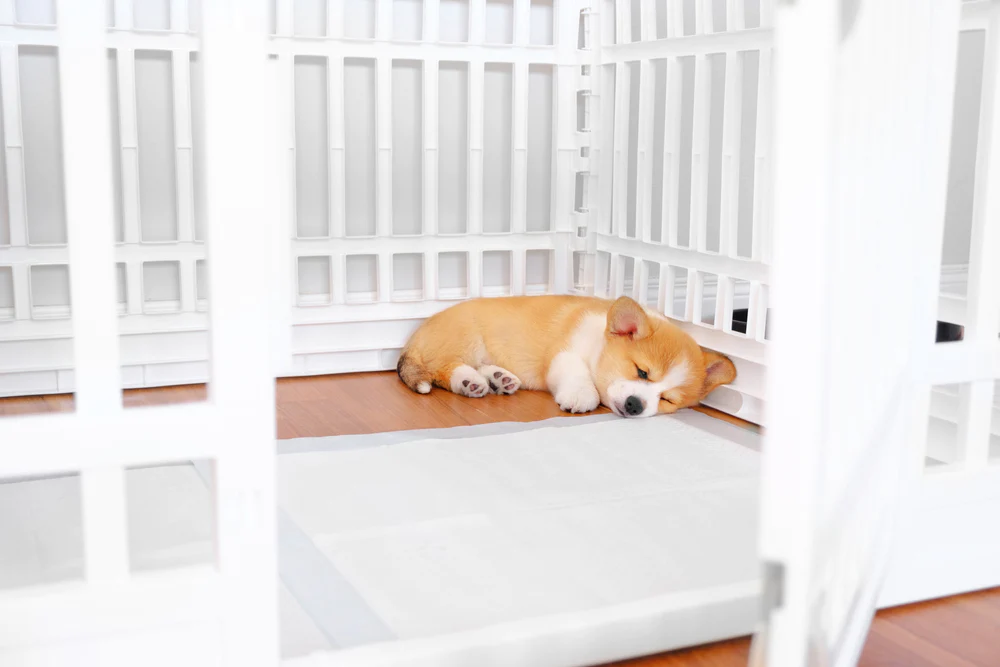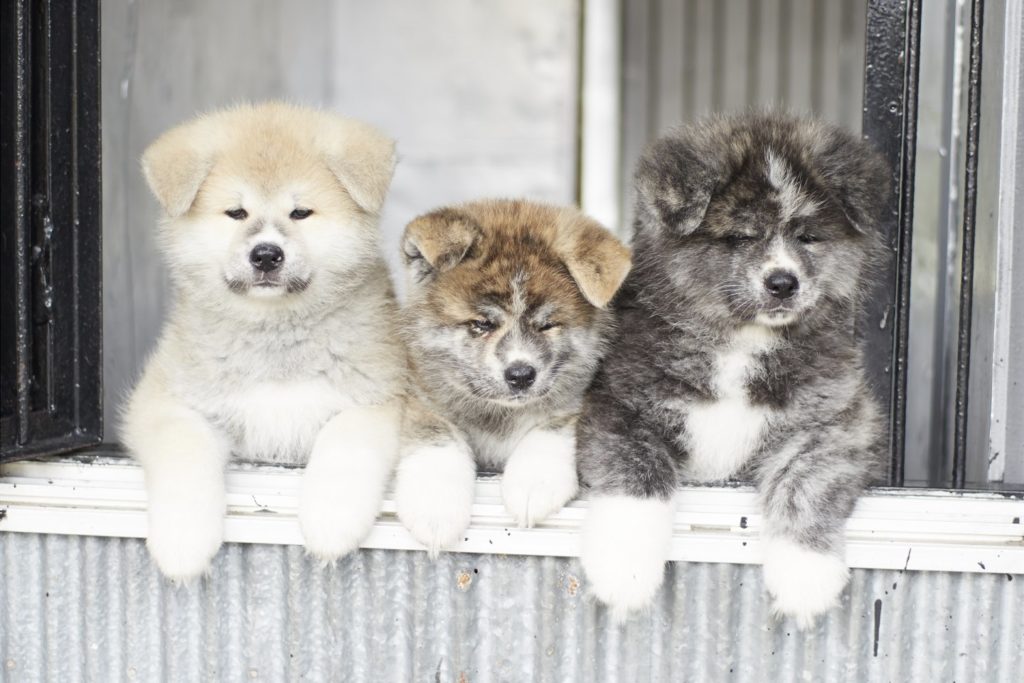Crate training is an important step in pet ownership and covering your dog’s crate at night is recommended for many dogs, but not for every dog. Some dogs may love the security provided by a darkened, enclosed space, while others can feel anxious in a confined area. How should you introduce a Crate cover What options are best for your adult dog or puppy? So you can make an informed decision about which option is best for your furry friend, we will discuss the benefits and drawbacks.

Do dogs need to be allowed to use their crate?
Dogs prefer to be in a safe area and are naturally drawn to it. Crate covers, such as blankets or crate-specific covers, can be very beneficial for dogs. They can reduce anxiety and soothe dogs. If they are in a covered cage, dogs that are easily excitable will be less likely to react negatively to movements outside of their crate or in other parts of the building. If the cover is closed at night, it can signal bedtime. An open cover may mean that it’s time to play. A covered crate is especially useful for dogs who are stressed from car rides or when they’re in unfamiliar places with new distractions.
How can you get your dog to use a covered crate?
A gradual introduction, like crate training, is the best way for your best friend to learn to use a covered cage. A properly trained dog will consider her crate safe and happy. You should not place blankets or covers over it. Instead, give your dog a place to relax in a covered crate.
These are the steps to help your adult dog or puppy get used to a covered cage.
- To cover the sides, place a blanket or fitted covering over the top of your crate.
- Let your dog enter the partially covered cage on her own and gradually increase the amount of time she will be expected to stay there.
- After a few days, lower one side of the cover.
- After your dog accepts one side of the crate, reduce the material to the other side.
- Once she is comfortable with two sides covered, you can let the cover hang on to a third.
Give praise and reward for good behavior. As with all aspects in dog training, consistency is key. Do not leave your dog unattended until she is used to the covered crate. This will ensure that she is happy and won’t chew on or tear the cover.
Is it safe for a dog to sleep in its crate?

If you follow these guidelines, your dog’s crate will be safe. It is best to not cover the dog’s crate completely as this can cause obstruction of airflow. Avoid blankets near heat sources and ensure that the fabric is breathable. Knit blankets can snag or unravel. To ensure that the crate doesn’t heat up, it is important to monitor the temperature in summer. Brachycephalic breeds are more susceptible to heat, so airflow is especially important for them.
The natural chewing phase is a normal part of puppy development. Puppies may chew more between the ages of four and eight months because they are teething. They may also tear apart blankets and covers. Secure the cover if your dog is likely to chew to stop her from pulling the cover into the crate. A plastic airline-style crate like this can offer similar comfort without allowing your dog to reach for any shreddable material.
What kind of dog crate cover is best?
A dog crate cover should be made of breathable, washable material. An insulated cover is a good choice if your dog spends a lot of time outside or lives in colder climates. An attractive crate cover can hide a wire crate. If you are unable to use a blanket or sheet, carefully tucked sheets can be used. To prevent your dog from overheating during summer, ensure that there is adequate airflow. For any size, the crate chooses a material that is easy to install and take off as needed.
Moving blankets and furniture pads can be used to reduce noise in your dog’s kennel. These blankets have padding between layers of fabric that dampen unwanted sounds such as thunder, outside traffic, and household appliances. Even though you cannot soundproof your dog crate completely, you can use sound-dampening blankets if you are concerned about distressing noises.
What happens if my dog doesn’t like the crate being covered?

When covering a crate, be sure to watch for anxiety in your dog. Some dogs may not appreciate a blanket covering their crate. For some, it can cause anxiety and even more fear. Some dogs will accept a partially covered crate while others prefer none at all. A covered crate might not be appropriate if your dog is aggressive or shows signs of discontent. If your dog is not happy with a covered crate, you can leave it open.
Although not all dogs appreciate the privacy of a covered cage, this can be a great option for anxious or hyper pets. Your dog might enjoy the privacy and security of a covered crate. Your companion will soon learn to appreciate a covered crate as a sign of bedtime and a place to unwind.